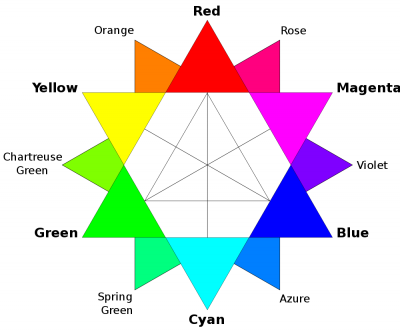Chaotic Colorfields
Introduction
The Chaotic Colorfields performance exploits the psychological intensification which pulsed light adds to the audience’s perception of a sonic event, as well as the physical effect upon the receptors of the eye created by contrasting colorfields. Four colored strobes are directly driven by a self-built analog synthesizer set up to calculate a variety of chaotic feedback systems. Louder than bright and brighter than loud.
Upcoming Performances
EDIT: I’ve decided to postpone this one a bit, to spend more time on making it the best it can possibly be. Upcoming shows in Den Haag, Budapest and Aalborg will be solo improvisations for self-built analog synthesizer without the strobes…
Equipment
* Self-built Analog Modular Synthesizer w/ Light Controller Module
* Stereo or Quadrophonic (preferred) PA System
* Four 1500W or brighter DMX Strobelights, each with one Color Filter (Red, Green, Blue, Yellow/Orange)
* Smoke Machine
* Total Darkness
Background
Chaotic Synthesis
Chaotic systems are deterministic dynamic systems that have a high sensitivity to initial conditions. Only dynamic systems that include a nonlinear feedback path are capable of chaotic behavior. Common examples of chaotic systems include coupled pendulums, pseudorandom number generators, and the earth’s weather system[…] Nonlinearity and feedback are necessary conditions for the existence of chaotic processes.[1]
The Colour Out of Space
The colour, which resembled some of the bands in the meteor’s strange spectrum, was almost impossible to describe; and it was only by analogy that they called it colour at all…
…as the column of unknown colour flared suddenly stronger and began to weave itself into fantastic suggestions of shape which each spectator described differently, there came from poor tethered Hero such a sound as no man before or since ever heard from a horse[…] That was the last of Hero till they buried him next day.[2]
Imaginary Colors
Non-physical, unrealizable, or imaginary colors are points in a color space that correspond to combinations of cone cell responses that cannot be produced by any physical (non-negative) light spectrum.[3] Thus, no object can have an imaginary color, and imaginary colors cannot be seen under normal circumstances. Nevertheless, they are useful as mathematical abstractions for defining color spaces.[4]
Perception of Imaginary Colors
If a saturated green is viewed until the green receptors are fatigued and then a saturated red is viewed, a perception of red more intense than pure spectral red can be experienced. This is due to the fatigue of the green receptors and the resulting lack of their ability to desaturate the perceptual response to the output of the red receptors.[5]
Color as Subjective Experience
In a viewer’s experience, the perceptual interpretation of the context is expressed in the color itself; we usually cannot, or only with unreasonable effort, separate the “real” color from its context. In particular, we are normally completely unaware of the “cognitive” aspects of color perception — discounting the illuminant, spatial perspective, shadows, memory, object concepts, available color labels, and so on.[6]
[1]Slater, Dan, “Chaotic Sound Synthesis”, Computer Music Journal 22.2 19 September 1998, pp 12-19.
[2]Lovecraft, H.P., “The Colour Out of Space“, “Amazing Stories” September 1927.
[3]MacEvoy, Bruce, “Light and the Eye”, http://www.handprint.com/HP/WCL/color1.html
[4]http://en.wikipedia.org/wiki/Imaginary_color
[5]Lindsay, Peter and Norman, Donald, “Human Information Processing,” Academic Press, 1972, pp 196–216.
[6]MacEvoy, Bruce, “Basic Forms of Color”, http://www.handprint.com/HP/WCL/color4a.html

Incredible – I wish I could make it to any of the performances to experience it first hand!